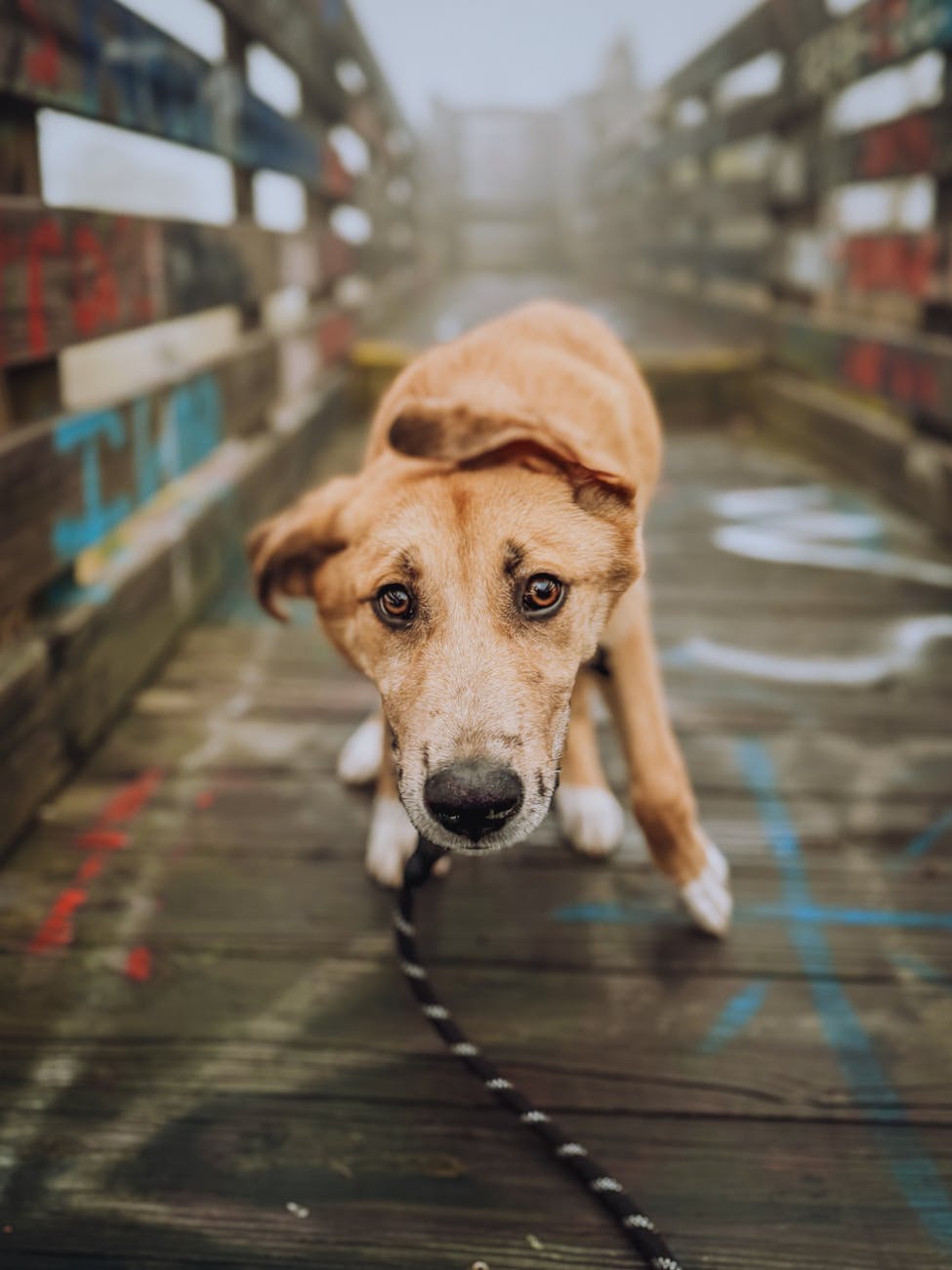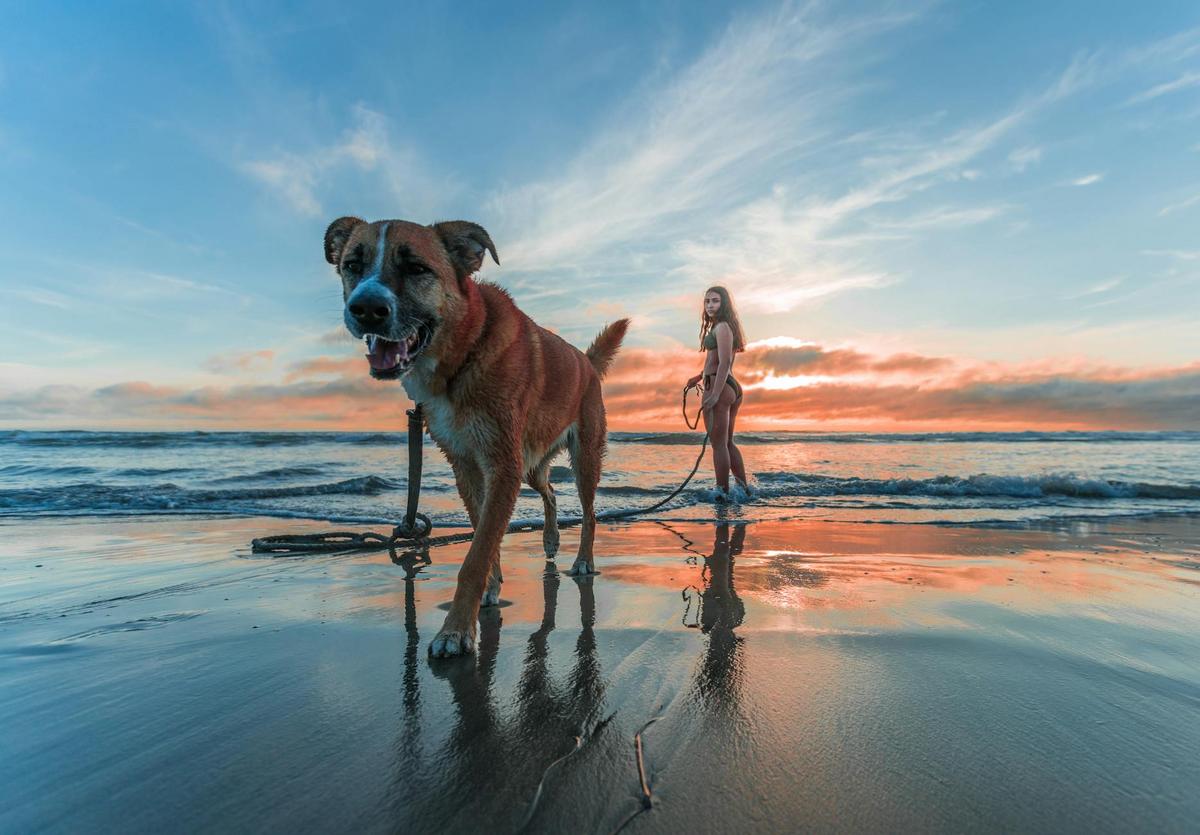
How to Train Your Dog for Off-Leash Adventures
Setting your dog free to explore the world without a leash can be both thrilling and daunting. But with proper training, off-leash adventures can become a joyful and safe experience for both you and your furry friend.
Training your dog to confidently and safely explore without a leash is a rewarding journey that enhances your pet’s freedom and your bond. Here, we’ll delve into expert advice, actionable tips, and engaging anecdotes to guide you through this process.
Why Off-Leash Training?
Off-leash training isn’t just about freedom; it’s about safety and strengthening your relationship with your dog. According to the American Kennel Club, off-leash training can improve a dog’s response to commands and enhance their mental stimulation.
Expert Insights
Dr. Emily Wilson, a renowned animal behaviorist, emphasizes the importance of starting training in a controlled environment. “A secure, fenced area is ideal for initial off-leash exercises,” she suggests, noting that this helps minimize distractions and potential dangers.
Statistics to Consider
A survey by the Pet Industry Joint Advisory Council found that 70% of dog owners believe off-leash activities improve their pet’s quality of life. Moreover, dogs with off-leash training often exhibit better social behaviors and reduced anxiety.
Personal Experience
When I first started off-leash training with my dog, Leo, I was nervous. We began in our backyard, gradually moving to larger parks. Over time, Leo learned to stay close and respond to my voice even amidst distractions.
Actionable Tips
- Start with Basic Commands: Ensure your dog is proficient in sit, stay, and come.
- Leash Length: Begin with a long leash for practice, gradually reducing reliance as your dog’s confidence grows.
- Positive Reinforcement: Reward your dog with treats or praise for successful commands.
- Choose Safe Locations: Opt for dog-friendly parks or trails for initial outings.
Comparison Table: Leash vs. Off-Leash
| Aspect | Leash | Off-Leash |
|---|---|---|
| Control | High | Moderate |
| Freedom | Limited | High |
| Training Requirement | Basic | Advanced |
| Risk of Escape | Low | Moderate |
| Social Interaction | Moderate | High |
| Environmental Exploration | Limited | Extensive |
| Mental Stimulation | Moderate | High |
| Bonding Opportunity | Moderate | High |
FAQs
How can I start off-leash training?
Begin in a fenced area, gradually increasing distractions as your dog becomes more confident.
What should I do if my dog doesn’t come back?
Stay calm, avoid chasing, and use a consistent recall sound or cue. Gradually build trust through positive reinforcement.
Is off-leash training suitable for all dogs?
Most dogs can benefit, but it’s essential to consider your dog’s temperament and recall ability.
Conclusion
Training your dog for off-leash adventures is a journey that requires patience and consistency. By following these guidelines and seeking professional advice when needed, you can ensure a safe and enjoyable experience for you and your furry friend. Embrace the freedom and deepen the bond with your pet as you explore the world together.


